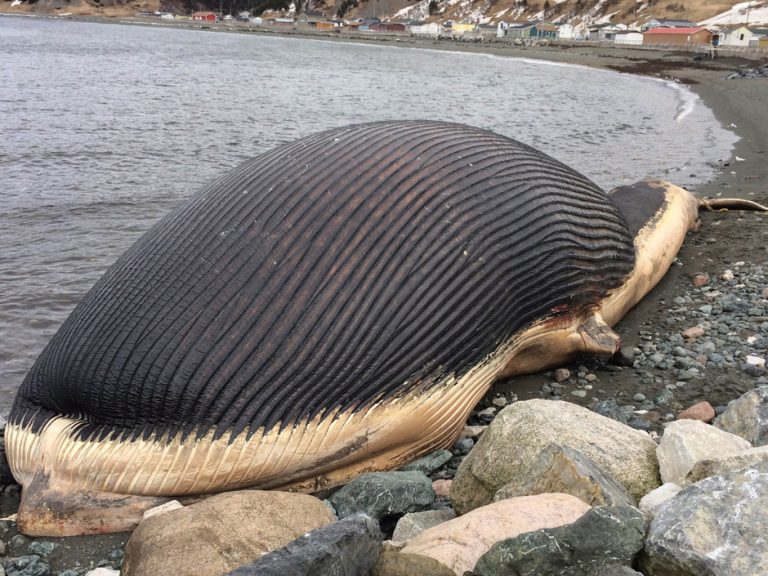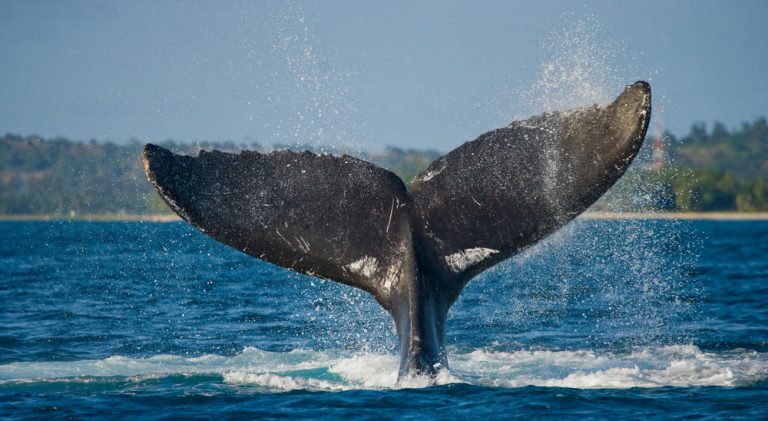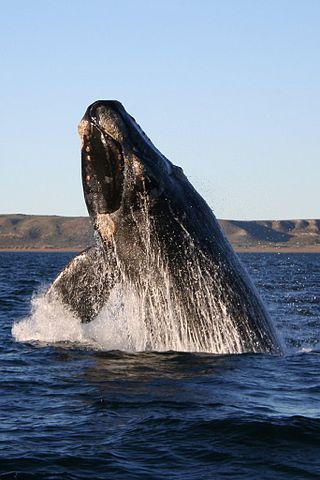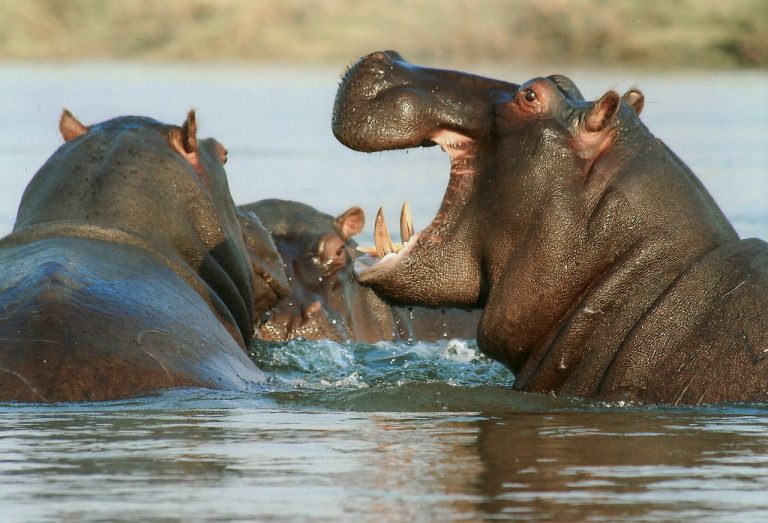How Ghost Nets Are Killing Thousands Of Whales And Other Creatures
Ghost Nets are an increasing menace in the Earth’s waters.
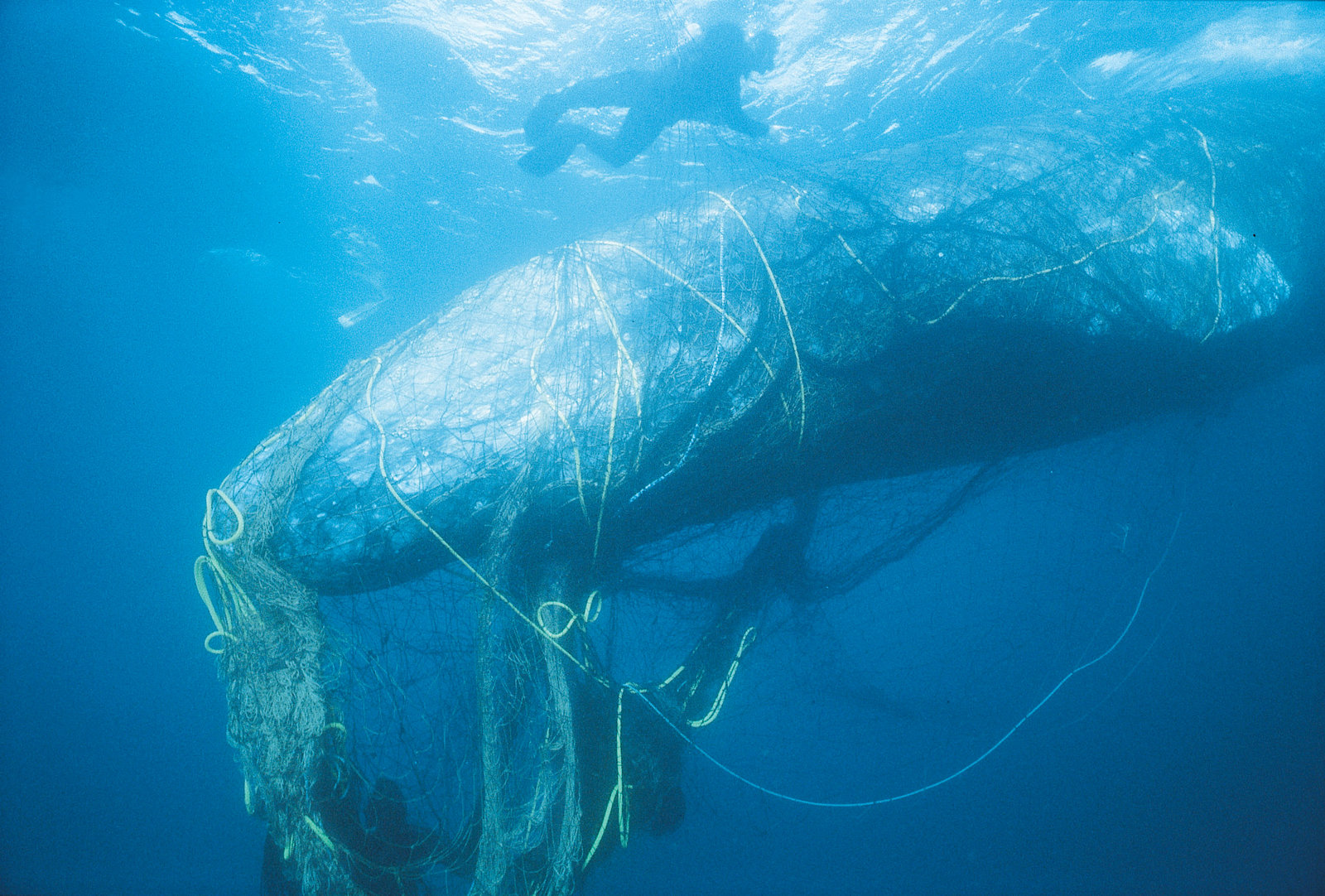
According to a study by Global Ghost Gear Initiative (GGGI) more than 640,000 fishing gear are presently abandoned and lost in the oceans endangering marine life. These gear make up more than 10 percent of total marine litter.
What Are Ghost Nets?
Ghost nets are disused fishing nets left or lost in the ocean by fishermen. Fishermen often do this intentionally because they see it as the easiest and cheapest way to be rid of used up nets.
These nets are usually nearly invisible in the dim underwater light. They may be left tangled on a rocky reef or just drifting out in the open sea. As a result, they can entangle almost anything that moves in the water.
Basically, fish, dolphins, sea turtles, sharks, dugongs, crocodiles, seabirds, crabs, and other creatures. In fact even human divers too can get caught in them.
Most of these creatures go unnoticed, unrecorded and they die a slow and painful death.
By design, they restrict movement, so they will lacerate, infect, suffocate, and cause the animal to slowly starve to death.
Polyurethane a non-biodegradable element is the main component of these nets. Hence, they are very strong and hardly ever break. Estimates say it takes more than 600 years for ghost gear to decompose in the ocean. And for those 600 years, it is a threat to marine life.
Such ghost nets end up entangling many marine species including creatures as large as whales.
It could take over 600 years for a ghost gear to decompose in the ocean. And for those 600 years, it remains a serious threat to marine creatures.
Why Are Ghost Nets A Problem To Whales?
Certainly whales are very large creatures.
Some of them like the sperm whale or even the blue whale can grow almost as large a modern jetliner. So why would a simple net threaten them you may wonder.
Well, remember that these nets are designed to constrict movement. The more the animal trashes, no matter how large the whale is, the more entangled it gets. As a matter of fact, sightings of whales entrapped in fishing traps have greatly increased in the past years.
The National Marine Fisheries Service reports that from 2000 to 2012, more than 11 large whales got entangled in these ghost nets every year.
Just recently a whale entangled in an abandoned fishing gear was spotted 4 miles away from the coast of County, California. The whale was severely injured and had crabbing lines and bruises all over its body. The whale’s mouth and one of its pectoral flippers were entrapped and it was dragging the trap away with it.
Though an operation was attempted to free the whale, it was not successful. Finally, rescuers had to call it off because of the animal’s increased restless state.
This is just one of many incidents of whales being trapped in abandoned gear. Such gear are heavy enough to drown the animal and constrict its movements. When stuck, whales will instinctively thrash and try to free themselves.
Sometimes they do get free but mostly the situation worsens. It can take about a week for the net to finally drown the whale. Their feeding is hindered if the net gets stuck into or around their mouth.
Other Sea Creatures Are Affected By Ghost Nets Too
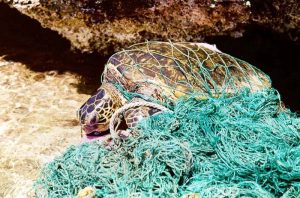
The same report by the National Marine Fisheries Service states that 870 nets were recovered form the waters around Washington, USA with over 32,000 marine animals trapped in them.
The SeaDoc Society estimates that Dungeness crabs worth almost $20,000 can be killed over a period of 10 years by one abandoned fishing gear.
In May 2016, up to 10 tons of abandoned nets were recovered in Australian waters!
Possible Solutions
As more and more awareness spreads, governments and other agencies are working to protect these helpless sea creatures. Some of these initiatives include:
- Different organizations work to remove ghost nets from the oceans. The World Animal Protection has taken incentives and has created Global Ghost Gear Initiative (GGGI) to remove abandoned and lost fishing gears from the oceans. Various countries like New Zealand, Tonga, Samoa and Tuvalu, have signed up to support this initiative. Australia is also a co-sponsor.
- The Whale Protection & Crab Gear Retrieval Act is signed by the government of California. The aim is to reduce or completely eliminate the number of whales that are caught in abandoned or lost fishing traps. Through this act, fishermen are to remove any abandoned net they find in water because every year 40,000 fishing gears get lost in the oceans and seas.
- The creation of biodegradable fishing nets that will decompose naturally under water some time. Coconut fibre (coir) fishing nets, for instance, are commercially available that can be a solution for fishermen.
- Recycling old nets into a variety of useful items like carpet tiles and skate boards.
- The US Fishing for Energy initiative has collected 1,400 tons (2.8 million lbs.) of fishing gear since 2008. In partnership with Covanta Energy, they have incinerated these nets and generated enough electricity to power 182 homes for one year.
The results of these all these measures can go further if fishermen are made aware of the real danger of their actions at sea.

